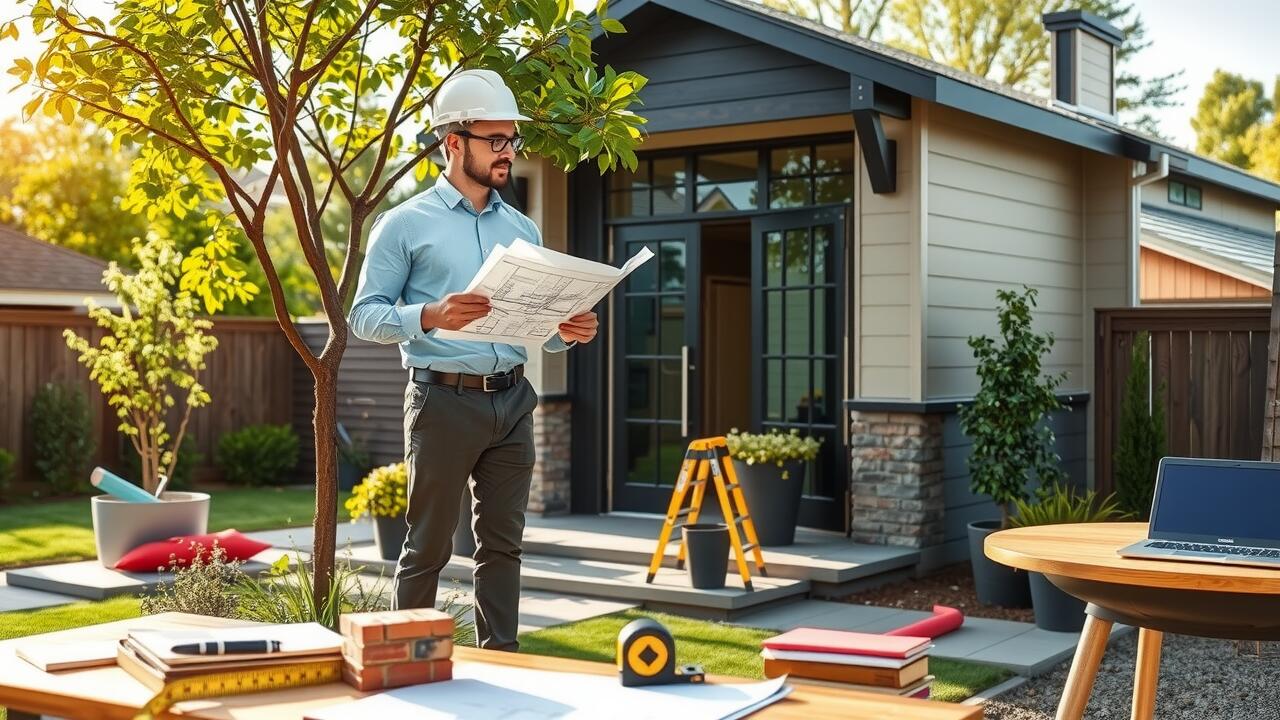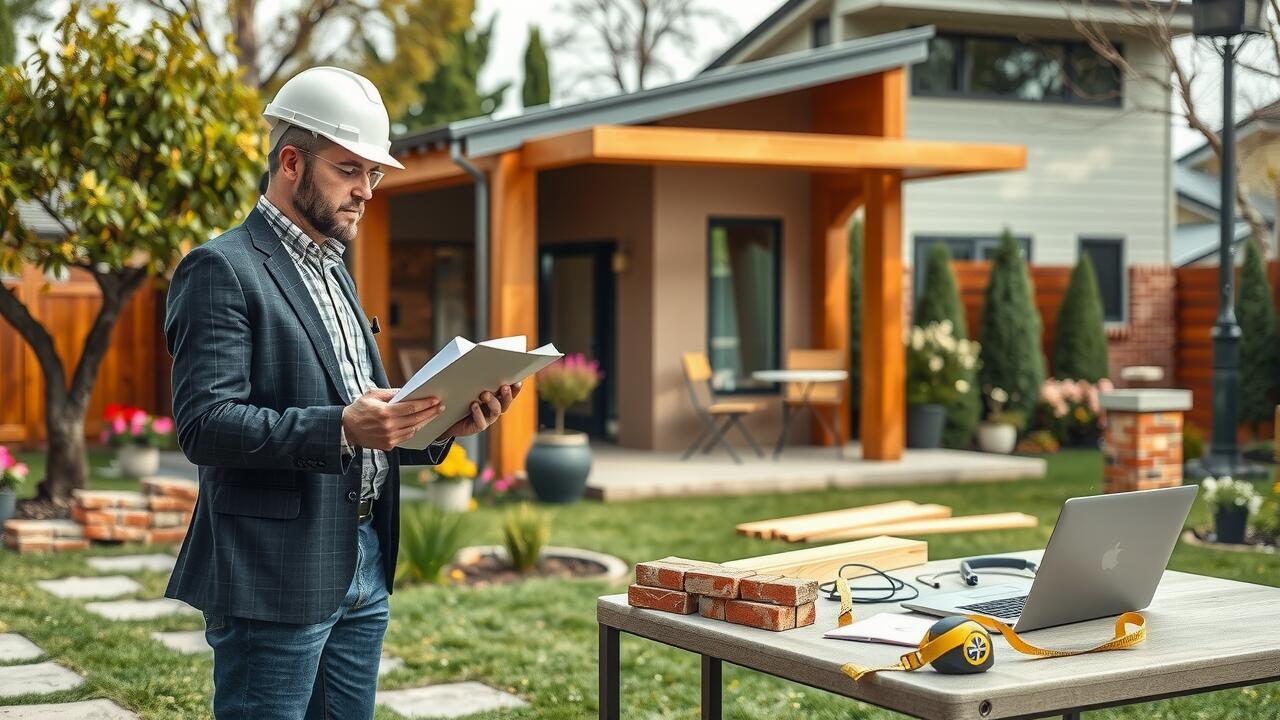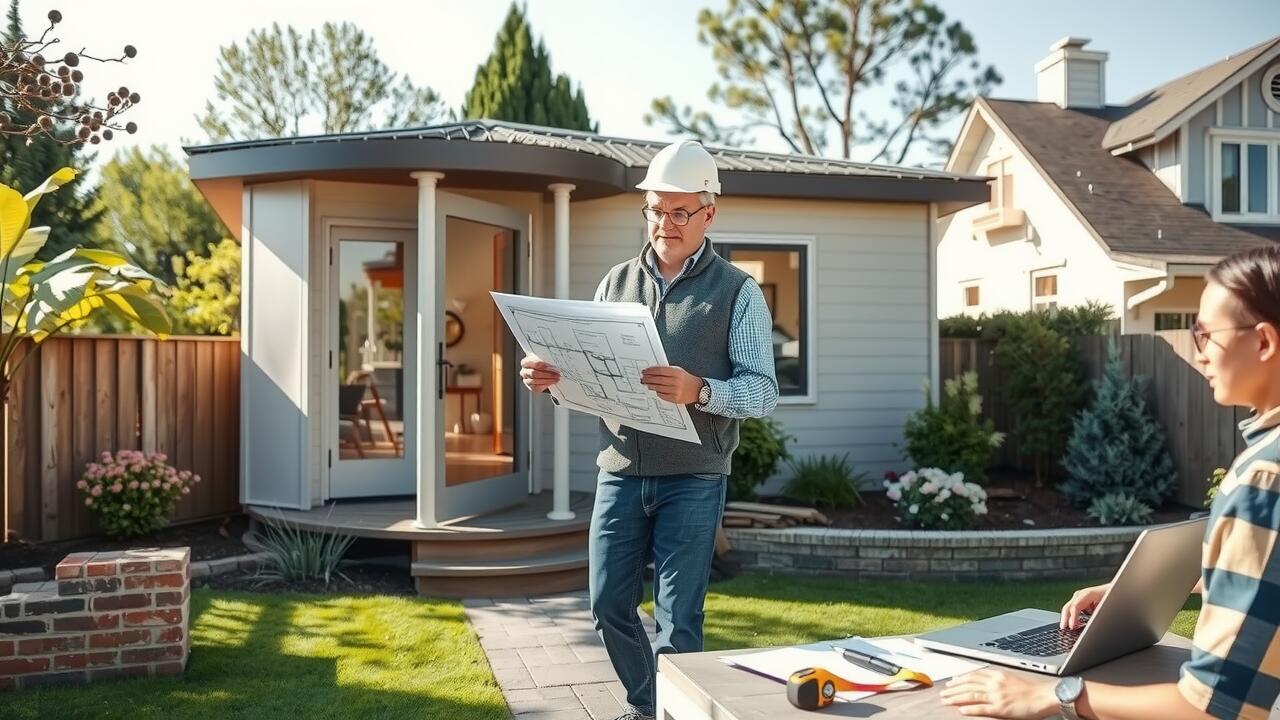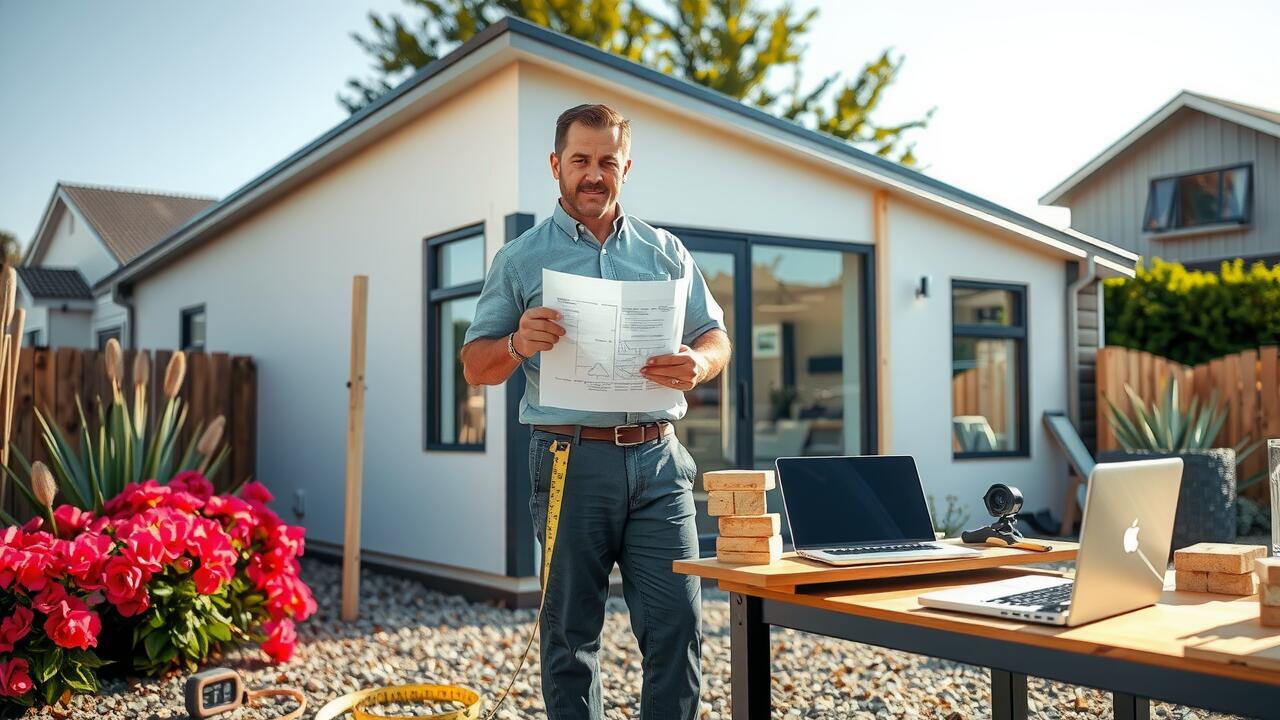
Table Of Contents
Impact of Design Choices on Overall Costs
The design choices made for an accessory dwelling unit (ADU) in Copper Hill, Santa Clarita, can significantly impact overall construction costs. Opting for high-end finishes or complex architectural features typically raises expenses. Additionally, the size and layout of the ADU can influence both materials and labor costs, leading to variations in the final price. For example, a simple, rectangular design may be more budget-friendly compared to a custom-shaped structure requiring extensive engineering.
When deciding on the design, site conditions also play a crucial role. Building on a sloped lot or near existing utilities may require additional site preparation, which can add to costs. Sustainability features, such as energy-efficient windows or solar panels, may have a higher initial investment but could provide savings over time. Careful planning regarding these choices can help homeowners manage their budget effectively while still achieving a functional and aesthetically pleasing ADU in Copper Hill, Santa Clarita.
Customization vs. Pre-designed Plans
When choosing between customization and pre-designed plans for an ADU in Rancho Santa Clarita, Santa Clarita, it’s important to weigh the benefits and costs associated with each option. Customized designs allow homeowners to tailor the layout and features to their specific needs but often come with a higher price tag. This approach can lead to unique spaces that perfectly fit the homeowner’s lifestyle. Consideration of the costs of hiring architects and the time constraints of the design process should factor into the decision.
On the other hand, pre-designed plans can provide an economical and efficient route to building an ADU in Rancho Santa Clarita, Santa Clarita. These plans often come with established architectural frameworks, simplifying the approval process. They can save time and costs related to design alterations while still allowing for some level of personalization. Homeowners should evaluate their goals and budget when deciding which path suits their project best.
Potential Return on Investment
Investing in an ADU in Bouquet Junction, Santa Clarita, can yield significant returns, particularly in a competitive rental market. These additional dwelling units increase property value and offer potential rental income that can help offset construction costs. As housing demand continues to rise in Santa Clarita, homeowners may find their investment pays off quickly through consistent rental income or increased property valuation when it comes time to sell.
Long-term financial benefits can also arise from the flexibility of using the ADU for various purposes. Homeowners can take advantage of changing needs over time, whether they decide to rent out the unit, use it for multi-generational living, or convert it into a home office. Each option allows owners to maximize the utility of their properties while potentially increasing their overall return on investment.
Rental Income Projections
Rental income projections for an ADU in Valencia, Santa Clarita can vary significantly based on a variety of factors. The location within the suburb plays a crucial role, as properties in more desirable areas generally command higher rents. The size and amenities of the ADU also impact rental income, with updated kitchens, bathrooms, and outdoor spaces attracting more tenants. Researching comparable rentals in the vicinity can provide valuable insight into expected income levels.
In addition to location and features, understanding the local rental market trends is essential. Seasonal fluctuations often influence rental demand, particularly in suburban areas popular with families and professionals. Property owners can benefit from marketing their ADU in Valencia, Santa Clarita during peak rental seasons to maximize potential earnings. By evaluating these variables, landlords can set competitive rates that align with market conditions, ensuring a steady stream of income from their investment.
Cost-Saving Strategies for ADU Construction
Building an ADU in Sand Canyon, Santa Clarita, can be a financially feasible endeavor with the right cost-saving strategies. One effective approach is to utilize local resources and labor. Engaging contractors and workers from the surrounding area not only fosters community connections but can also help reduce transportation costs for labor and materials. Additionally, local labor often has a better understanding of the regional building codes and weather conditions, which can streamline the construction process.
Another key strategy is to explore pre-engineered or modular designs instead of fully custom builds. Pre-designed plans can significantly cut down on both design costs and construction time. Many homeowners have found that choosing standard layouts allows for rapid approval and construction while still providing opportunities for personalization. By combining these methods, homeowners can create a cost-effective ADU in Sand Canyon, Santa Clarita, without sacrificing quality or functionality.
Utilizing Local Resources and Labor
Engaging local resources and labor can significantly impact the overall cost of constructing an ADU in Bouquet Junction, Santa Clarita. Local contractors often have a better grasp of the specific building codes and regulations in the area, which can streamline the permitting process. Moreover, hiring workers from within the community typically reduces transportation costs and supports the local economy, fostering a stronger sense of community.
Using locally sourced materials can also lead to savings. These materials often come from suppliers closer to the construction site, reducing shipping expenses and delivery time. Additionally, many local suppliers may offer discounts to residents or contractors who are committed to supporting the local economy. This approach not only keeps costs down but also enhances the sustainability of the construction project by minimizing the carbon footprint associated with long-distance transportation.
FAQS
What is an ADU?
An ADU, or Accessory Dwelling Unit, is a secondary housing unit located on the same property as a primary residence. It can be a standalone structure or part of the main home.
How much does it typically cost to build an ADU in Santa Clara?
The cost to build an ADU in Santa Clara can vary widely depending on factors such as design choices, size, and materials, but it generally ranges from $150,000 to $300,000.
What factors can influence the cost of constructing an ADU?
Factors that can influence the cost include design choices, customization versus pre-designed plans, labor costs, permits, and the overall size and complexity of the project.
How can I save money on my ADU construction?
Cost-saving strategies can include utilizing local resources and labor, opting for pre-designed plans, and carefully planning the project to avoid costly changes during construction.
What potential return on investment can I expect from an ADU in Santa Clara?
An ADU can provide a significant return on investment, particularly through rental income, which can offset construction costs and increase property value over time.


